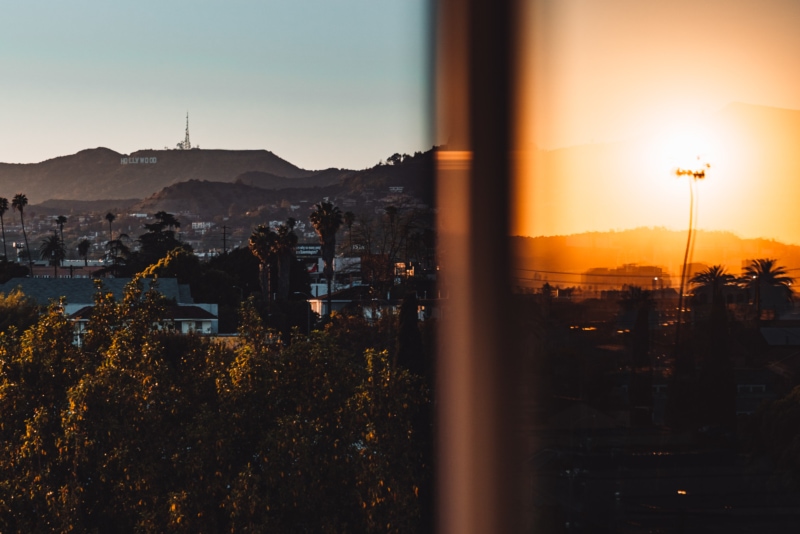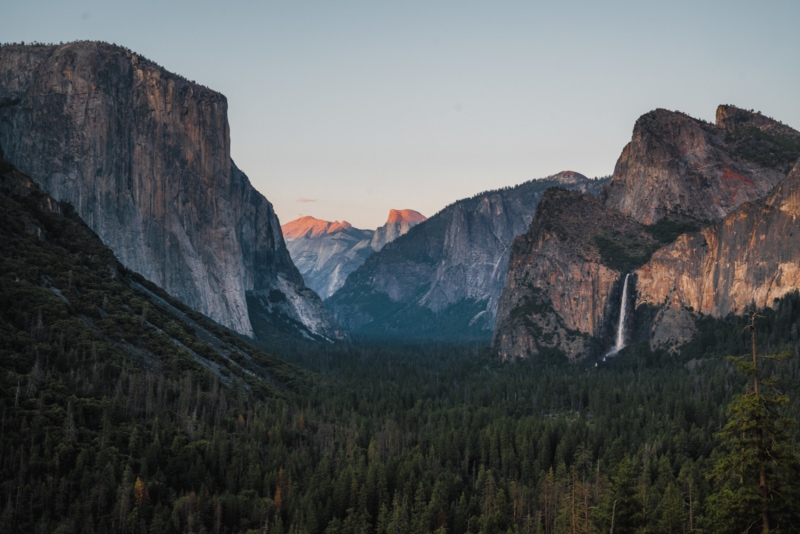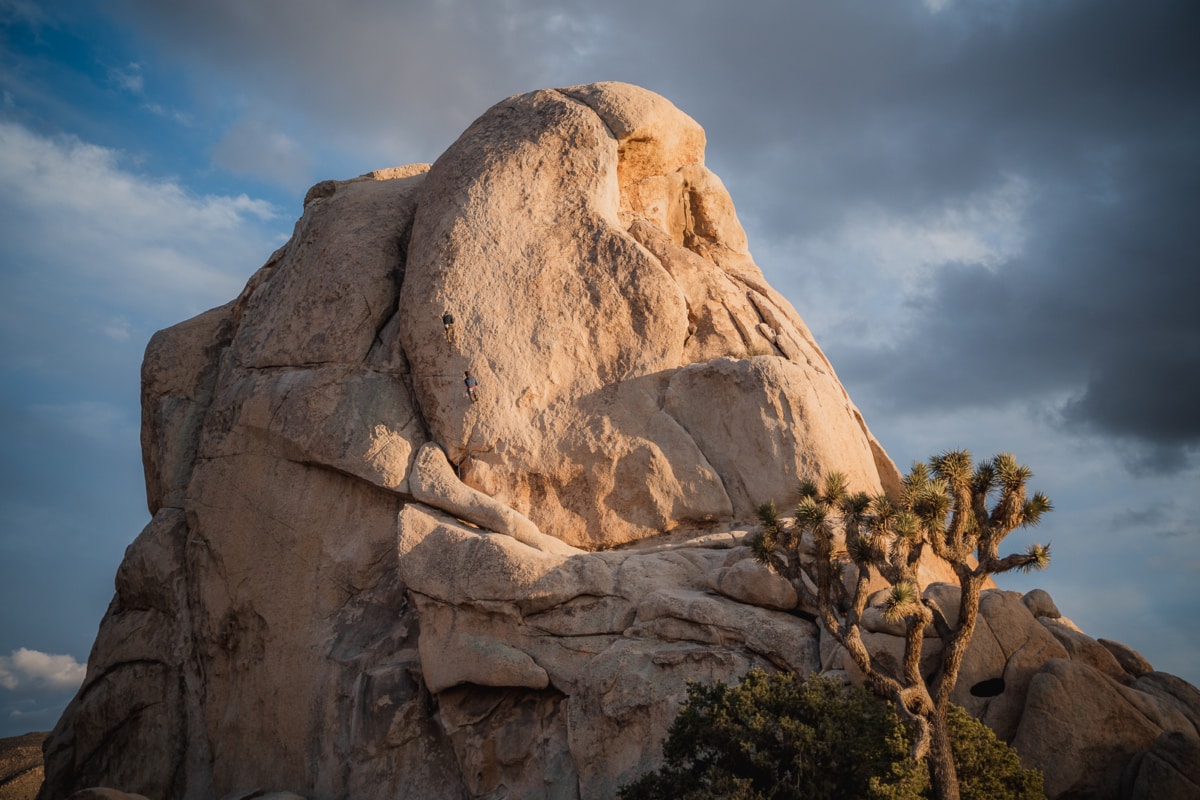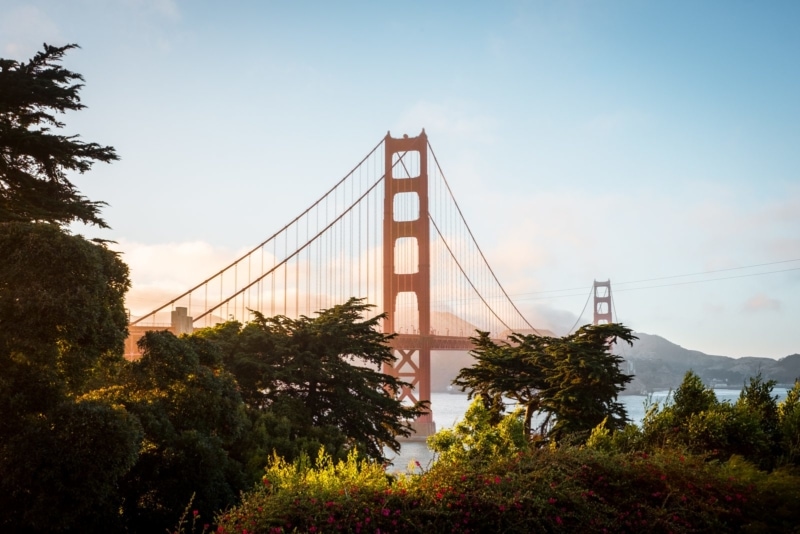
We’re deep into the COVID-19 pandemic, and things are still far from normal. Many of us have lost jobs, stability, and (most importantly) even loved ones. Do you ever just step back and shake your head in bewilderment over it all?
Yeah, me too.
Traveling abroad doesn’t feel like the right option right now, so for many of us travelers, these past months have been the ultimate test in patience. We’ve been handed a lot of time, with not a lot of knowledge of what to do with it.
But I’m safe, fed, sheltered, and happy to have settled in my new home (oh, that’s right, you didn’t know I planted some roots? Keep reading!).
If you’re finding yourself stalled right now, maybe you’ll find some inspiration in this list. Here are a few ways I’m spending my downtime during the pandemic:
1. I’m Creating a Home for the First Time in a Decade
Here’s something that not a lot of you may know: I moved to Los Angeles!
For the first time in ten years, I’ve settled into a comfortable little apartment in the middle of the city. For the longest time I resisted “settling down,” I think largely in part due to the negative connotations of the word “settling.”
But I’ve learned to love having my own space and I’ve spent the past six months turning it into my own little nest. I’m leaning into the sweetness of making a home, and finding joy in the ordinary—the simple pleasures of knowing where all my coffee mugs are, and other little things…like having a closet.
If you’re finding it hard to settle down, here’s how I suggest creating your own nest:
Carefully curate your furniture. When I first moved in, my apartment was nothing but an empty space, and it felt like I had to buy everything immediately. All I wanted was a home. NOW.
So I ended up with a bed I didn’t love and a coffee table I hated. Ultimately, I returned both, spending more time tracking down the items I actually wanted. I learned that furniture is an investment, and it’s worth the money to be comfortable and happy. I also learned that moving into a home is a journey in itself—one doesn’t simply furnish in a day. It takes, potentially, a lifetime.
Just like traveling, settling in takes time. And I’m using the time I have to do just that.
Bring your travel experiences inside. I’m not one for souvenirs, but I am one for photos. I decided to take some of my favorite photos and other “travel art” and decorations inside, and now my walls and shelves are adorned with reminders of my travels from around the world.
Now, even though I’m not traveling, I’m filled with gratitude for all the moments I’ve had.

Learn how to cook. If you’ve never really had time to learn how to cook, there’s no time like the present. After spending so much time in places like Asia and South America where eating out is shockingly affordable, cooking for myself was way outside my comfort zone.
Admittedly, I’ve long been a slave to the same ‘ol dishes, and I really do love dining out or ordering in. But since I’ve been spending lots of time at home, I’ve mastered a few good meals using YouTube tutorials and a few food blogs I’ve come to love. It’s like a private cooking lesson, but there’s no one there to judge you for how you peel your potatoes.
Cultivate your plant collection. I think it must be a rite of passage these days to kickstart your 30’s by developing a profound love for cultivating a home filled with plants, right? (Next up: birdwatching?)
It started out with a small cactus, and then a spider plant, and now suddenly my house is filled with alocasias and fiddle leaf figs. New shoots and new flowers have been bringing me profound joy. Growing things has been one of the most unexpectedly fulfilling things I’ve done throughout the pandemic, and having a space filled with greenery just makes everything naturally more calm.
Creating a home has been so vital for me during this pandemic. It has given me a place to feel comfortable and secure when the outside world feels like chaos, and I suspect it’d do the same for you. Now I look forward to staying home and watching a few good movies just as much as I do hopping on a plane (at least, for now).
2. Learning a New Language
I’ve always been adept at learning languages, but only through immersion (as in, going to a place and picking it up while I’m there).
Spoiler alert: I’m not going anywhere (and you probably aren’t either).
Typically, learning a new language requires a lot of language and cultural immersion, but it certainly also requires study. And what better time to study than right now, at home, when travel isn’t an option?
Rosetta Stone is the language learning program. It works so well because it introduces you to new words and concepts in a carefully designed sequence, starting with visuals and ending with conversations. I absolutely love the subtlety of how they introduce new concepts, and the visuals work really well for me.
It’s like cultural immersion, but digital.

Their app is super streamlined and easy to use, so there’s no excuse to not practice a little everyday. If I’m on the bus or being lazy at home on the couch, even those few minutes of language learning count.
Rosetta Stone has a lot more than just the usual lessons, too. You have tons of options for extended learning, including:
- A Phrasebook to practice your language skills by topic (which covers things like Time and Money, Dining, and Getting Around—which is particularly useful if you want to learn the basics while traveling)
- Stories told by a native speaker to improve your listening comprehension
- An Audio Companion to listen while you’re on the go (without the need for visuals or speaking)
You can also pick and choose which unit to work on, so if you’re really only interested in learning business French, you can do exactly that. There are also topics like Travel, Dining and Vacation, and Shopping.

Plus there are a ton of extras, including games, live tutoring and Live Lessons with native speakers. The live tutoring is particularly useful because it gives you that one-on-one conversation that’s so important to the language learning process. You’ll be in a session with three other learners while a tutor leads you through activities that spark conversation using your new skills. It’s not intimidating at all, and the constructive feedback is incredible.
Live Lessons feature a native speaker giving a 15- to 20-minute lesson that goes beyond what you learned in the app, and you can chat live with the host and with other learners.
I’m currently testing out their French program. It’s a language I’ve always wanted to learn, so pourquois pas?

I ran some of the advanced lessons by some French-speaking friends, and they were impressed by the whole execution. I’m excited to dive in deeper!
Will you become fluent with Rosetta Stone? That depends on you, but it certainly helps to lay the foundation for your overall language learning journey.
3. Traveling Closer to Home
I’ve spent so much time traveling internationally, this is the first time I’ve actually had the opportunity to travel close to home. It’s incredibly liberating to have my own car (yep, I got one of those, too) and the freedom to drive off on an adventure—and then come home to my very own parking spot.
Just because you’re staying still doesn’t mean the adventure has to end. I’ve been planning all kinds of adventures from Los Angeles, including a trip up the Pacific Coast Highway to the Oregon Coast, spending some time in NorCal, and even heading over to Utah.
These are the places I’m most looking forward to exploring in the United States:
Yosemite National Park. Yosemite National Park is easily one of the most famous and beautiful parks in the United States. You can explore in so many ways, whether it’s hiking or mountain biking on over 800 miles of trails, to backpacking, camping, or cross country-skiing.

Lake Tahoe. If you want an outdoor getaway, head to Lake Tahoe on the California-Nevada border. There’s an array of activities to enjoy year-round from hiking, mountain biking, and camping to boating, fishing, swimming, and kayaking.
San Luis Obispo. San Luis Obispo is located in the middle of California’s Central Coast wine country, and it’s as culturally rich as it is beautiful. Art galleries, wineries, spas, you name it—if you just want to relax, San Luis Obispo is your spot. They call it SLO for a reason.

Joshua Tree National Park. This park is a combination of two deserts: the high Mojave desert with its dry landscape of bare, sweeping rock, and powerful winds, and the warmer edge of the Colorado desert ecosystem. A road trip to Joshua Tree National Park is perfect for rock climbing and hiking, and it’s a photographer’s dream.
Bryce Canyon. Bryce Canyon in Utah is like a quieter, smaller Grand Canyon. The wind-whipped hoodoos and dramatic cliffs of red and orange sandstone make for some incredibly scenic hiking and horseback riding trails, and there are endless viewpoints for photography.
Arches National Park. This place was built for road trips, with the 19-mile stretch from Highway 191 to the Devils Garden aptly named the Arches Scenic Drive for its many, many sandstone arches. There are lots of great hikes here too, including the trek to the famous Delicate Arch, which is thin at its center that it looks like it might collapse at any moment.
White Sands. White Sands National Park in New Mexico is made up of sweeping, wave-like dunes of white sand covering a275 miles of desert. It’s a surreal landscape, and although there’s no camping you can take a few light hikes (it’s a small park) or go sledding on the dunes.
San Francisco. San Francisco is one of the most fun cities in California (and probably the entire country). There’s a lot to do in San Francisco, but some favorite activities include exploring Chinatown, hanging out in Golden Gate Park, riding the cable cars, and eating just about everything.

Sedona. Sedona is a desert town near Flagstaff surrounded by a stunning landscape of red-rock buttes and forest. But it’s also a really fun arts town with tons of dining options, galleries, bars, and wineries.
Zion National Park. This is the most famous park in Utah, with a dramatic valley landscape carved out by the Virgin River and flanked by tall red cliffs. The must-do here is hiking to the dizzying heights of Angel’s Landing, a 1,488-foot high rock with one of the best views in the country.
Great Sand Dunes National Park. This park in Colorado has a dune field stretching across 200 square miles, with the highest dune reaching 750 feet high! You can go horseback riding, dune sledding, hiking, camping, and off-roading here.
4. Traveling Inwards
For travelers, staying still is hard. Like, really hard. Travel has always given me purpose and meaning in life, and I depend on it to lead a fulfilling life.
Watching the world fall apart around you and realizing that it might be years before you get to explore the cobblestone streets of Europe or the flavor-rich chaotic night markets of Asia is more than a little depressing. And I can’t deny that I’ve had many dark days these past eight months.
One of the most impactful travel books I ever read is called The Art of Stillness: Adventures in Going Nowhere (yep, it’s a travel book), by Pico Iyer, an award-winning and prolific travel writer. He posits the idea that, instead of traveling to new destinations, the one place we really need to travel—yet rarely do—is within.
When so much of your identity is wrapped up in the thing you do, and then you can’t do that thing anymore, the question you’re left facing is: “Who am I without it?” This has been an exercise in traveling inwards, learning more about myself and who I really am without the distractions or labels of travel or adventure.
It’s been a lesson in surrendering to what is, even if what is isn’t very ideal.
So I’ve spent a lot of time traveling inwards: meditating, un-busying myself, enjoying peace and silence, and getting used to my own company.
***
There’s no right or wrong way to deal with life inside this pandemic (other than, you know, social distancing and stuff). If you find yourself trapped in long bouts of unproductivity, that’s okay. Life isn’t normal right now and you can’t expect yourself to be high-functioning in a time of crisis.
If you’re working from home, know that you still need your downtime. If you’re unemployed, be kind to yourself. Things will turn around again.
And if you really need to get out of a rut, I highly recommend trying one of the items on this list—whether it’s learning a new language or diving headlong into the world of plant parenting.
How are you coping with your “new normal?” Let me know in the comments below!


